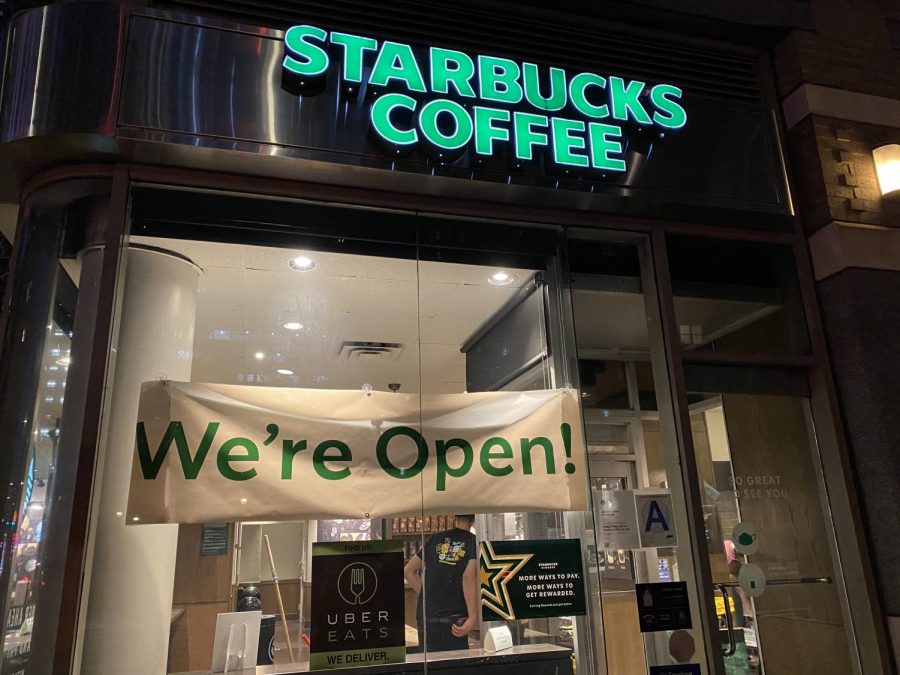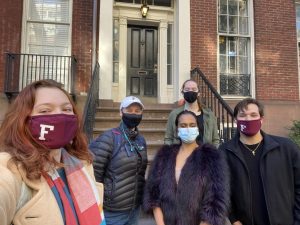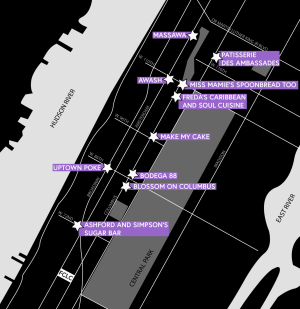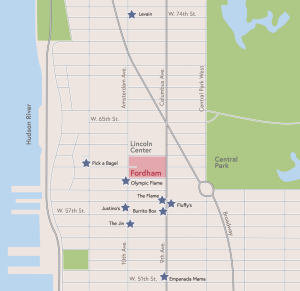Don’t Bet Against New York
Column: Five Guys Boroughs and Fries
Though many businesses have closed or left New York since the onset of the pandemic, many have adapted, and the city will regain its economic strength as it has after crises past.
January 30, 2021
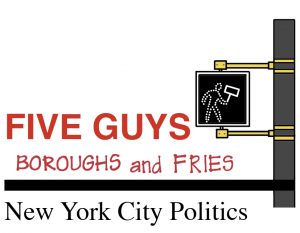 The outlook for New York City is dismal, if you were to go by blogs and columns in certain news outlets. Many think the city that never sleeps will never awaken. Unlike some journalists and commentators from across the spectrum, I’m not ready to short sell America’s largest city.
The outlook for New York City is dismal, if you were to go by blogs and columns in certain news outlets. Many think the city that never sleeps will never awaken. Unlike some journalists and commentators from across the spectrum, I’m not ready to short sell America’s largest city.
To be clear, New York will take a long time to fully recover to its pre-pandemic levels of economic strength. Restrictions in place longer than those in most other American cities have not made matters any easier, but the city will still bounce back.
There are certain qualities about New York that can be found nowhere else on Earth, and that will never change. Massive cultural institutions like the Metropolitan Museum of Art, the Museum of National History and Lincoln Center can’t just pick up and leave.
Some of these locations, such as the Metropolitan Museum of Art, set up emergency relief funds to help offset the toll of their losses. Between that and the CARES Act, the Met received $34 million as of last August.
It is also not uncommon for the government to financially support cultural institutions, especially in times of crisis. In its first coronavirus stimulus package, Congress allocated $25 million for the Kennedy Center for the Performing Arts in Washington, D.C., a move even backed by some conservatives, including then-President Donald Trump.
Despite an exodus of businesses and financial firms from New York City, it will always remain a global focal point for the business community.
Other New York City landmarks like the Empire State Building, the World Trade Center and the Brooklyn Bridge still remain open to the public. These monuments are going nowhere. Even the pandemic and quarantine restrictions did not stop large crowds of tourists from descending upon Rockefeller Center to catch a glimpse of its annual Christmas tree. Aside from the masks, it didn’t look like a scene too different from years past.
Despite an exodus of businesses and financial firms from New York City, it will always remain a global focal point for the business community. As firms spread out, both literally and figuratively, their presence in local communities outside of cities will grow, but it will be diluted. Instead of one large centralized location like Manhattan acting as a hub for workers, businesses and firms will be spread out across different suburban and rural areas, with many employees still working from home. It is hard to picture one singular location in the United States in the future housing a larger number of investment firms, legal offices and business headquarters, not to mention stock exchanges, besides Manhattan. There will be plenty of employment opportunities left in New York for well-paying jobs. Just because some are leaving doesn’t mean that many won’t stay.
None of this means that it will be easy for New York to get back on its feet.
Businesses and residents are leaving in great numbers. Many corporations cited high taxes as a reason to jump ship. Although New York’s income tax structure relies most heavily on its wealthiest residents — and the increasingly progressive city council and state legislature want to deepen that reliance — it’s generally a very costly state compared to most others. From insurance to taxes to rents to highway tolls to firearm permits and even to stargazing permits (yes, these actually exist), New York is just flat-out expensive for all residents, from rich to poor.
This has a tangible impact on nearly everyone in the state. Notably, New York and New Jersey lead the nation in out-of-state migration. That can’t be explained solely by nippy Northeast winters, since balmy California faces the same problem.
This is not to say that these factors will inhibit New York’s recovery. But they are big caveats.
That being said, New York always finds a way out of anything thrown at it. It recovered after 9/11, the financial crisis of the 1970s, the destructive fires of the 19th century and even occupation by the British during the American Revolutionary War. No virus will defeat it.

